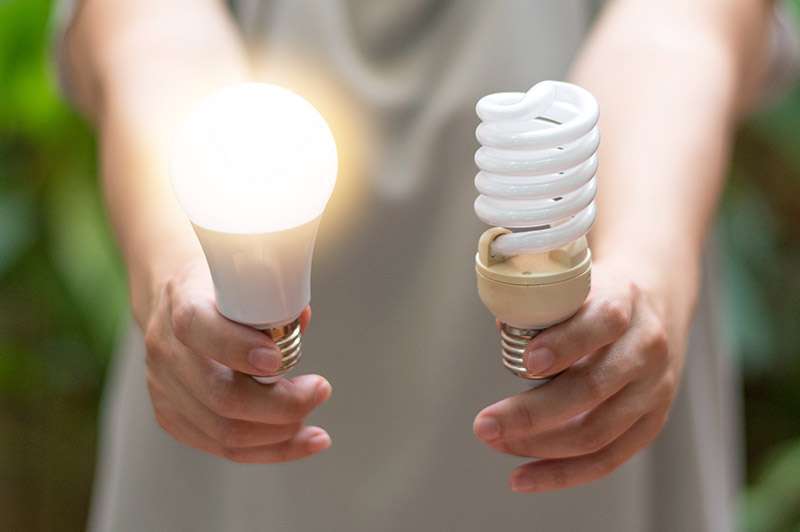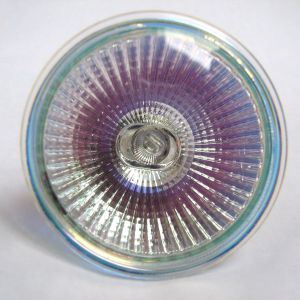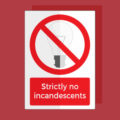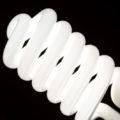In recent years, there has been a push towards more sustainable and energy-efficient lighting options. As a result, traditional incandescent light bulbs have been phased out and replaced with more environmentally friendly alternatives. One of the most popular options, compact fluorescent light bulbs (CFLs), have been widely used in the UK and Europe. However, in recent years, there has been a ban on these bulbs. In this article, we will explore the reasons behind the ban and the impact it has on the lighting industry.
The Rise of Sustainable Lighting
The Need for Energy-Efficient Light Bulbs
The demand for energy-efficient lighting has been on the rise due to the increasing concern for the environment and the need to reduce energy consumption. Traditional incandescent light bulbs are known for their high energy consumption and short lifespan, making them unsustainable in the long run. As a result, governments and organisations have been promoting the use of more sustainable lighting options.
The Emergence of Compact Fluorescent Light Bulbs (CFLs)
CFLs were introduced as a more energy-efficient alternative to traditional incandescent light bulbs. They use 75% less energy and last up to 10 times longer than incandescent bulbs. This made them a popular choice for consumers looking to reduce their energy consumption and save money on their electricity bills.
The Ban on Compact Fluorescent Light Bulbs
The EU Ban on Incandescent Light Bulbs
In 2009, the European Union (EU) implemented a ban on traditional incandescent light bulbs in an effort to reduce energy consumption and promote more sustainable lighting options. This ban was part of the EU’s commitment to reduce carbon emissions and combat climate change.
The Phasing Out of Compact Fluorescent Light Bulbs
While CFLs were initially seen as a more sustainable alternative to incandescent bulbs, they were not without their drawbacks. CFLs contain small amounts of mercury, a toxic substance that can be harmful to both humans and the environment. As a result, the EU decided to phase out CFLs and replace them with even more energy-efficient and environmentally friendly options.
The Impact on the Lighting Industry
The Rise of LED Lighting
With the ban on CFLs, LED lighting has emerged as the go-to option for sustainable and energy-efficient lighting. LED bulbs use even less energy than CFLs and have a longer lifespan. They also do not contain any toxic substances, making them a safer and more environmentally friendly option.
The Shift Towards Green Lighting
The ban on CFLs has also led to a shift towards more sustainable and green lighting options. This includes not only LED bulbs but also other alternatives such as halogen and fluorescent bulbs. These options are not only more energy-efficient but also have a lower impact on the environment.
The Benefits of the Ban
Reduced Energy Consumption
One of the main benefits of the ban on CFLs is the reduced energy consumption. With LED bulbs now being the primary option for energy-efficient lighting, there has been a significant decrease in energy usage. This not only helps to reduce electricity bills for consumers but also has a positive impact on the environment.
Safer and More Sustainable Lighting
The ban on CFLs has also led to a shift towards safer and more sustainable lighting options. LED bulbs do not contain any toxic substances, making them a safer choice for both consumers and the environment. This also aligns with the EU’s commitment to reducing the use of hazardous materials.
The Future of Sustainable Lighting
The Importance of Sustainable Lighting
The ban on CFLs is just one step towards a more sustainable future. As the demand for energy-efficient and environmentally friendly lighting continues to grow, it is important for the lighting industry to keep up with these changes. This not only benefits the environment but also provides consumers with more cost-effective and safer lighting options.
The Role of Technology
Technology plays a crucial role in the development of sustainable lighting. With advancements in LED technology, we can expect to see even more energy-efficient and environmentally friendly options in the future. This will not only benefit consumers but also help to reduce the impact of lighting on the environment.
Conclusion
The ban on compact fluorescent light bulbs in the UK and Europe is a step towards a more sustainable future. While CFLs were once seen as a more energy-efficient alternative to traditional incandescent bulbs, the shift towards even more sustainable options such as LED lighting is a positive change for the environment. As technology continues to advance, we can expect to see even more energy-efficient and environmentally friendly lighting options in the future.




